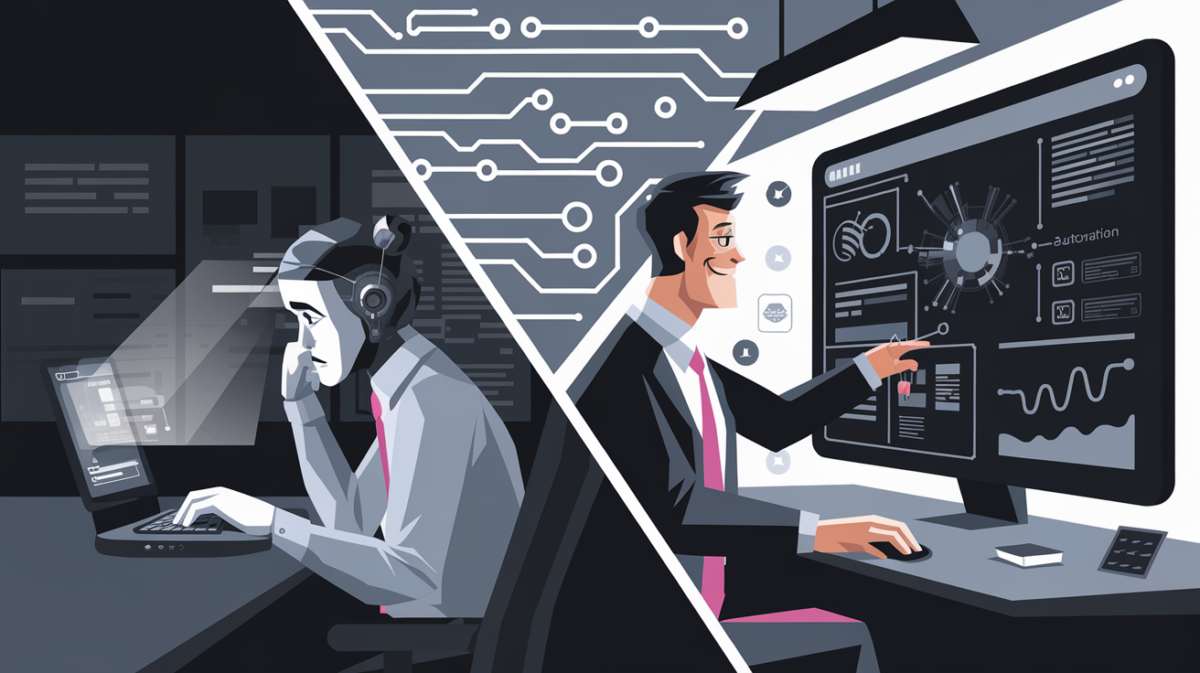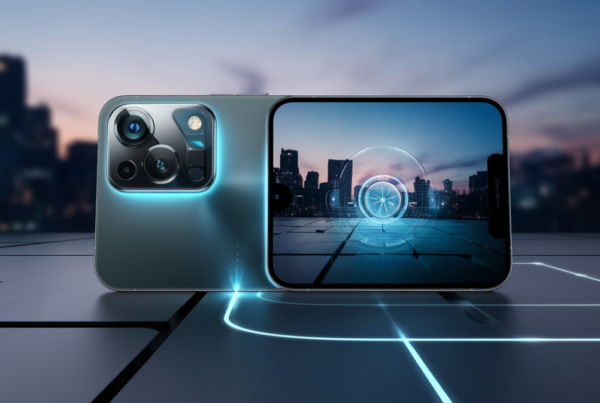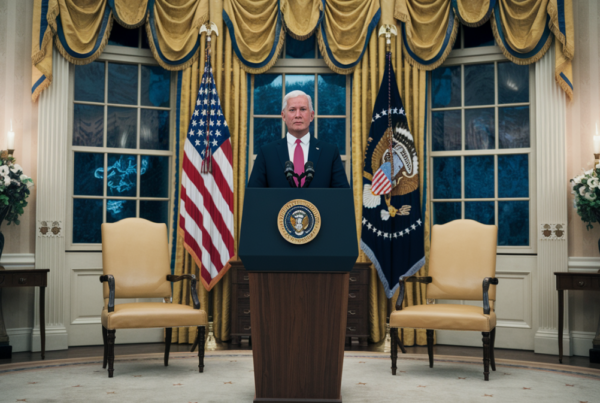Artificial intelligence (AI) is no longer a futuristic concept—it’s a present-day reality reshaping workplaces worldwide. While employees quietly harness AI to boost productivity, employers are leveraging it more aggressively to streamline operations and stay competitive. This growing divide in AI adoption reveals a hidden dynamic in modern workplaces.
The Silent AI Revolution Among Employees
Many employees are turning to AI tools to automate mundane tasks, freeing up time for more complex work. From drafting emails with ChatGPT to organizing schedules with AI-powered assistants, workers are finding innovative ways to enhance efficiency. Yet, a surprising number keep their AI usage under wraps.
Why the secrecy? Employees often fear that admitting to using AI might make them seem replaceable. In a job market where automation looms large, the perception of being “too reliant” on technology can spark anxiety about job security.
- Common AI Tools Employees Use: ChatGPT for drafting content, Grammarly for editing, and Trello for task automation.
- Why They Hide It: Concerns about appearing less valuable or redundant in their roles.
Employers Embrace AI for Strategic Advantage
While employees tiptoe around AI, employers are diving in headfirst. Companies are integrating AI into core operations, from data analysis to customer service, to gain a competitive edge. For leaders, AI isn’t just a productivity tool—it’s a game-changer for decision-making and resource management.
However, this rapid adoption isn’t without its challenges. Some managers worry that AI could lead to wage cuts or job losses, with nearly half of U.S. managers expressing concerns about its impact on employment.
| AI Use Case | Employee Perspective | Employer Perspective |
|---|---|---|
| Task Automation | Boosts personal efficiency but kept discreet. | Seen as a way to cut costs and improve workflows. |
| Decision-Making | Rarely involved in high-level AI use. | AI-driven insights are critical for strategy. |
The Growing Disconnect Between Workers and Leaders
A significant gap exists between how employees and employers perceive AI’s role. Workers use it to lighten their load, while bosses see it as a tool for organizational transformation. This disconnect can lead to misunderstandings, with employers underestimating how deeply AI is already embedded in daily tasks.
The implications are far-reaching. Without open communication, companies miss opportunities to optimize AI’s benefits, and employees may feel undervalued or sidelined.
What the Future Holds for AI in the Workplace
As AI becomes ubiquitous, both employees and employers must adapt. Here’s what to expect:
- AI Literacy Will Be Essential: Workers need basic AI skills to stay relevant, while leaders must understand its strategic potential.
- Transparency Is Key: Encouraging open discussions about AI use can bridge the gap and foster collaboration.
- New Leadership Roles: Managers will need to guide teams through AI integration, balancing efficiency with ethical considerations.
Closing the AI Divide
The disparity in AI adoption between employees and employers isn’t just a technical issue—it’s a cultural one. By fostering a workplace where AI is openly discussed and collaboratively implemented, companies can unlock its full potential while addressing employee concerns.
The future of work is undeniably intertwined with AI. The question isn’t whether to embrace it, but how to do so in a way that benefits everyone.







